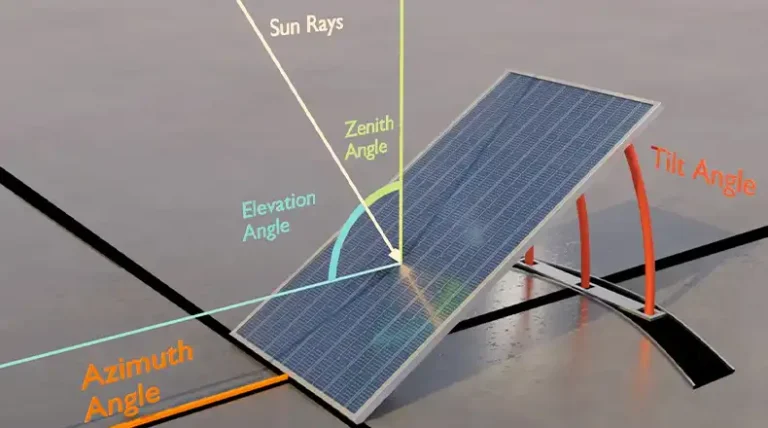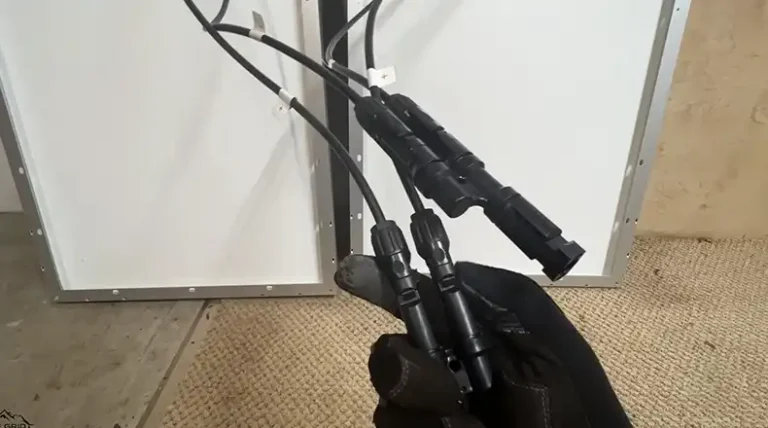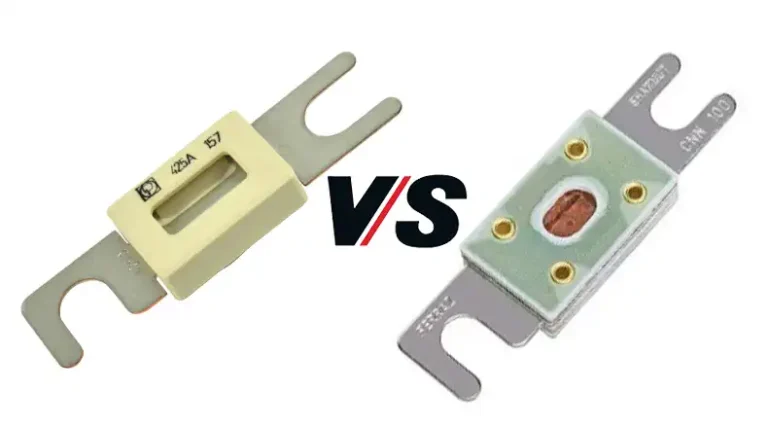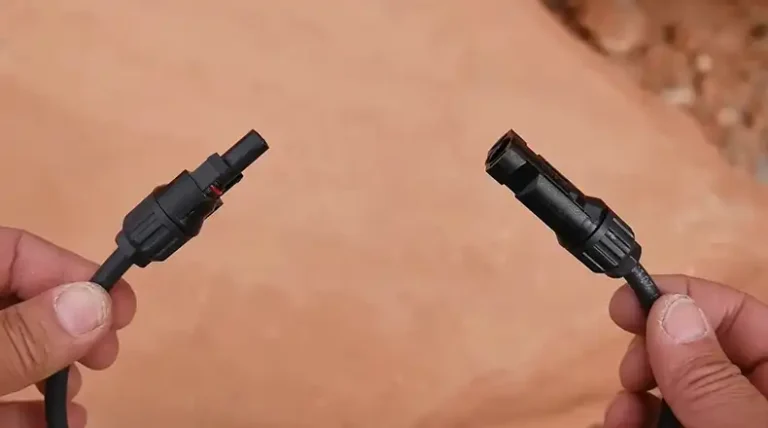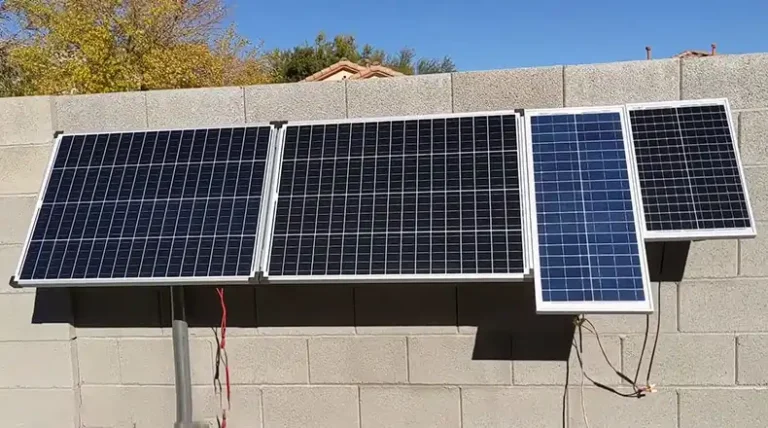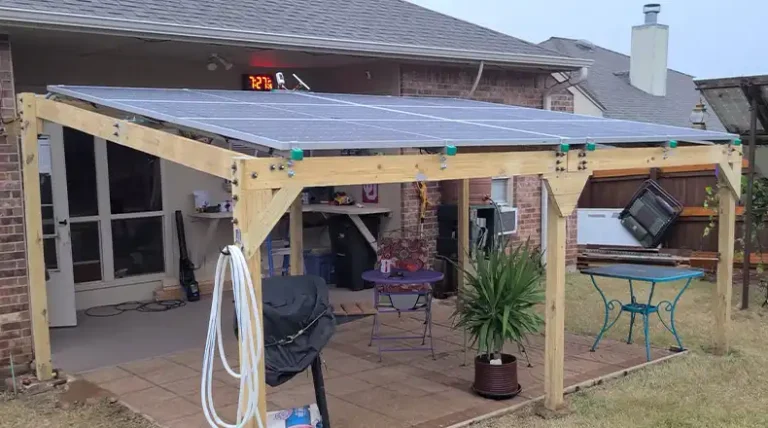What Size Charge Controller For 300w Solar Panel? Unraveling the Fact
So, you’ve decided to embrace the sun’s energy and have just acquired a nifty 300W solar panel. Congratulations on taking a giant leap towards sustainability and savings! But before you start harnessing the power of the sun, you might be wondering what size charge controller for a 300W solar panel will be perfect. Well, no more wondering as we’re here to give you the authentic answer and explain the entire matter to make things convenient for you.
Simply put, a solar charge controller with a 30A rating offers compatibility with both 12V and 24V battery systems, making it an ideal choice for maximizing the performance of a 300W solar panel.
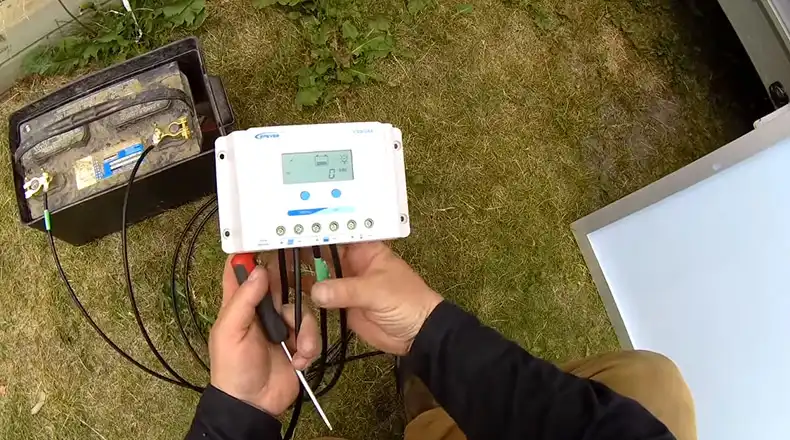
What Is the Perfect Size for a Charge Controller In Terms of 300W Solar Panels?
In the realm of solar power, a charge controller is like the conductor of an orchestra. It ensures that the energy flow from your solar panel to your battery is harmonious and optimized. Without a charge controller, you risk overcharging or discharging your battery, which can be a costly mistake.
Choosing the right size charge controller is crucial for your solar setup’s efficiency and longevity. A charge controller that’s too small might not handle the incoming power, leading to an overworked and overheated system. On the other hand, an oversized controller might lead to undercharging and reduced battery life.
- Voltage Compatibility
Before you hit the online marketplace or your local solar store, check the voltage of your solar panel. Most 300W panels have a nominal voltage of 24V, but some may be 12V. Make sure your charge controller can handle this voltage.
- Power Rating
Your solar panel is rated at 300W, but consider a buffer for fluctuations and losses. As a rule of thumb, select a charge controller with a rating around 25% higher than your panel’s wattage. So, for a 300W panel, opt for a charge controller with a capacity of at least 375W.
- Ampere Capacity (Calculating Charge Controller Size)
For the final piece of the puzzle, calculate the amperage. You can use the formula: Solar Panel Power(Watts)/Battery Banks Voltage + 25% Safety Margin = Solar Charge Controller Size(Amps). For example: 300W/24V=12.5A, add a 25% safety margin, which means a 15A or 20A Charge Controller is required in this case. Similarly, when it’s 300W/12V=25A, adding a 25% safety margin, a 30A Charge Controller is the perfect option here.
The Nuts and Bolts of Charge Controller Types
PWM (Pulse Width Modulation)
These are the reliable workhorses of solar charge controllers. They’re cost-effective and provide basic charging functions, making them ideal for small setups. However, they’re less efficient than their MPPT counterparts.
MPPT (Maximum Power Point Tracking)
MPPT controllers are the high-performance athletes in the solar charge controller world. They maximize energy conversion, making them perfect for larger installations. They’re more expensive but often pay for themselves with increased energy output.
Benefits of Right-Sized Charge Controllers
Selecting the appropriate charge controller size isn’t just a matter of preventing overloads or underutilization. It can also –
Prolong Battery Life: The right controller ensures your battery is charged optimally, extending its lifespan.
Maximize Energy Harvest: It helps capture every ray of sunshine, making your system more efficient.
Save You Money: By avoiding costly battery replacements and maximizing energy production.
Conclusion
In the quest for sustainable energy, choosing the right charge controller is a pivotal step. For your 300W solar panel, a 30A rating charge controller will ensure you make the most of every sunbeam and protect your equipment. Remember to consider the voltage, power rating, and amperage capacity. Whether you opt for a trusty PWM or a high-performing MPPT controller, your solar journey starts with the perfect conductor. So, go ahead, embrace the sun, and bask in the energy savings it brings your way.
Lastly, if you have any lingering questions or need further clarification, don’t hesitate to drop them in the comment section below. We’re here to shed light on all things solar and help you make the best decisions for your renewable energy journey. Thanks for reading, and here’s to a brighter, sunnier future!

